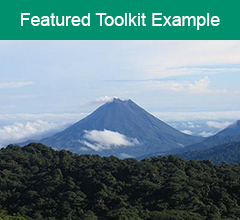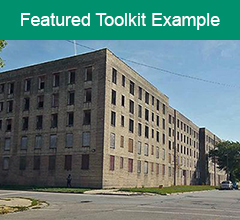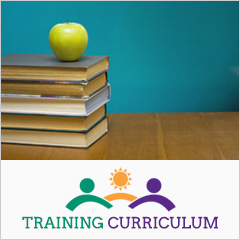This toolkit provides guidance for conducting assessments of community needs and resources.
- Describe the makeup and history of the community to provide a context within which to collect data on its current concerns.
- Comment on the types of information that best describes the community (e.g., demographic, historical, political, civic participation, key leaders, past concerns, geographic, assets)
- Describe the sources of information used (e.g., public records, local people, internet, maps, phone book, library, newspaper)
- Comment on whether there are sufficient resources (e.g., time, personnel, resources) available to collect this information
- Assess the quality of the information
- Describe the strengths and problems you heard about
Related resources:
Understanding and Describing the Community
Collecting Information About the Problem
Conducting Interviews
Conducting Surveys
Qualitative Methods to Assess Community Issues
Using Public Records and Archival Data
Identifying Community Assets and Resources Describe the methods (e.g., public forums, listening sessions, focus groups, interviews, surveys, observation) used to collect descriptive information
SWOT Analysis: Strengths, Weaknesses, Opportunities, and Threats
- Describe what matters to people in the community, including a description of:
- Issues that people in the community care about (e.g., safety, education, housing, health)
- How important these issues are to the community (e.g., perceived importance, consequences for the community)
- Methods the group will (did) use to listen to the community (e.g., listening sessions, public forums, interviews, concerns surveys, focus groups)
Related resources:
Obtaining Feedback from Constituents: What Changes are Important and Feasible?
Participatory Approaches to Planning Community Interventions
Rating Community Goals
The Constituent Survey of Outcomes: Ratings of Importance
Conducting Public Forums and Listening Sessions
Conducting Focus Groups
Conducting Concerns Surveys
Conducting Interviews
Conducting Surveys
- Describe what matters to key stakeholders, including:
- Who else cares about the issue (the stakeholders) and what do they care about?
- What stakeholders want to know about the situation (e.g., who is affected, how many, what factors contribute to the problem)
- Prioritized populations and subgroups that stakeholders intend to benefit from the effort
- Methods you will (did) use to gather information (e.g., surveys, interviews)
Related resources:
Developing a Plan for Identifying Local Needs and Resources
Conducting Needs Assessment Surveys
Determining Service Utilization
Identifying Targets and Agents of Change: Who Can Benefit and Who Can Help?
Conducting Interviews
Conducting Surveys
- (For each candidate problem/goal) Describe the evidence indicating whether the problem/goal should be a priority issue, including:
- The community-level indicators (e.g., rate of infant deaths or vehicle crashes) related to the issue
- How frequently the problem (or related behavior) occurs (e.g., number of youth reporting alcohol use in the past 30 days)
- How many people are affected by the problem and the severity of its effects
- How feasible it is to address the issue
- Possible impact and/or consequences of addressing the problem/goal
Related resources:
Collecting Information About the Problem
Developing Baseline Measures of Behavior
Obtaining Feedback from Constituents: What Changes are Important and Feasible?
Gathering and Using Community-Level Indicators
- Describe the barriers and resources for addressing the identified issue(s), including:
- Barriers or resistance to solving the problem or achieving the goal (e.g., denial or discounting of the problem) and how they can be minimized (e.g., reframing the issue)
- What resources and assets are available and how the group can tap into those resources to address the issue
- Community context or situation that might make it easier or more difficult to address this issue
Related resources:
Developing a Plan for Identifying Local Needs and Resources
Identifying Community Assets and Resources
Identifying Opponents
Overview of Opposition Tactics: Recognizing the Ten D's
How to Respond to Counterattacks
- (Based on the assessment) Select and state the priority issue (or issues) to be addressed by the group.






